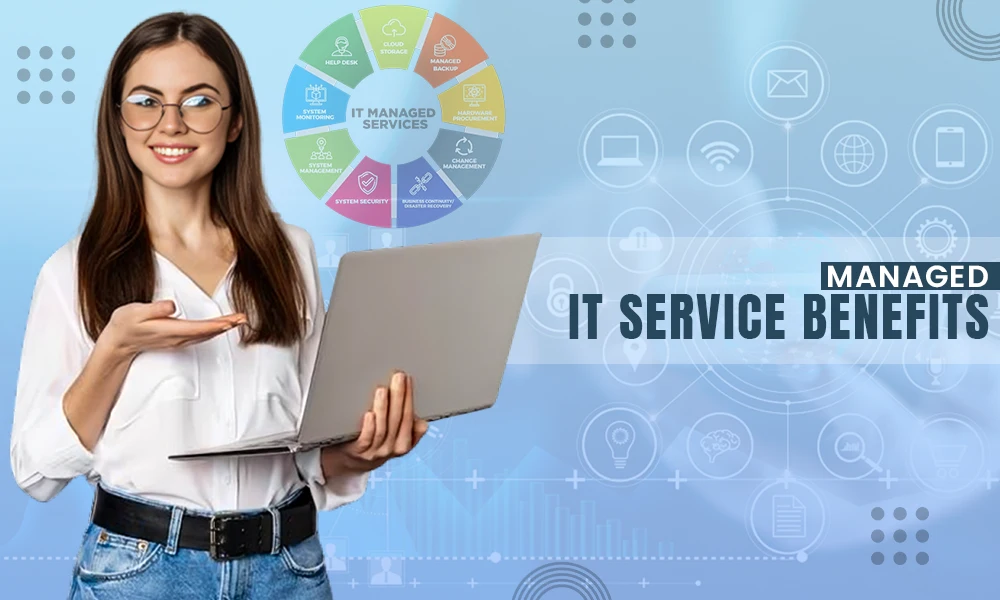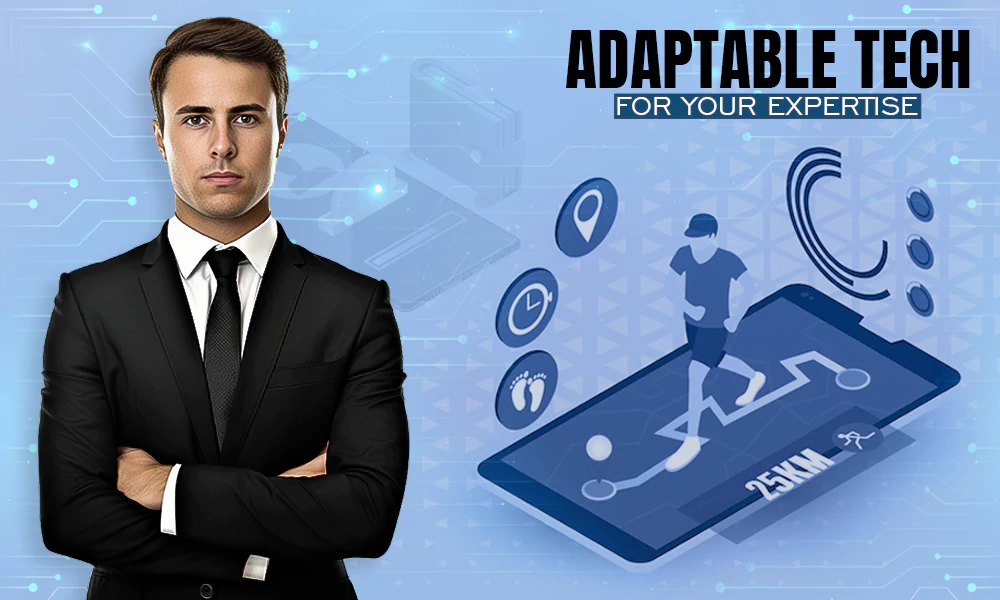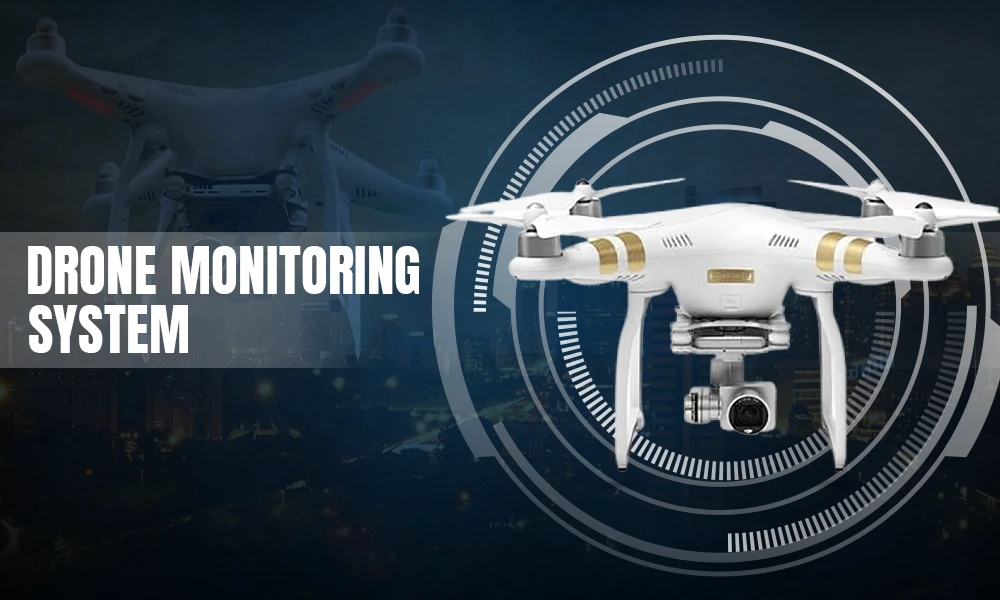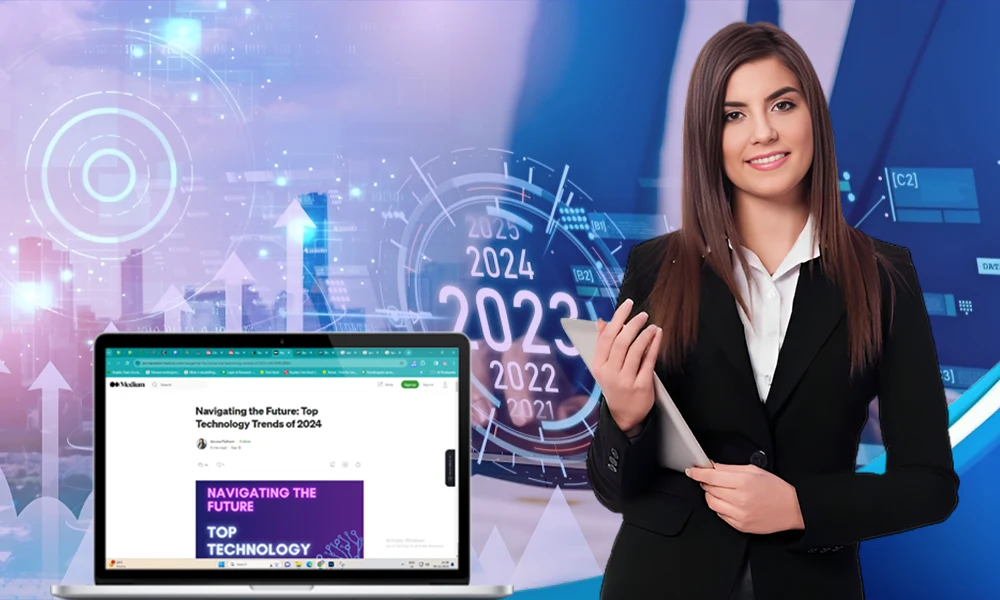What is 5G Telecom? A Simple Explanation for Non-Geeks

Telecommunication infrastructure is on the verge of a generational change that promises to alter mobile connectivity forever, and that change is 5G wireless connectivity.
If your existing 4G smartphone provides fast downloads and uninterrupted HD video streaming, what difference is 5G going to make?
In this article, you’ll discover what 5 G is, the benefits accruing to your business, and the transformational changes 5G brings to your industry.
Precisely What Do We Understand by the Term 5G?
5G is the fifth generation technology in mobile networking and is among the fastest, more robust technologies. 5G guarantees faster downloads, and lower time lag, which makes a massive difference to the way we live, work and play.
- 1G was the baby step in wireless cellular technology supporting only voice calls.
- 2G introduced text messaging.
- 3G brought internet access and introduced video calling.
- 4G boosted network speeds to video conferencing levels, besides gaming support and better video streaming.
What Differentiates 5G from 4G and Earlier Technologies?
Three significant advancements separate 5G from 4G and older technologies, and consumers hugely benefit, especially when they take advantage of services like 5g and broadband telecom billing software by Kansys.
Speed
4G works on lower frequency bands, operating up to 6GHz, and offers speeds up to 400Mbps. The 5G spectrum can handle any frequency between 30GHz and 300GHz. The result is a quantum jump in speed that supports large data transfers.
5G speeds will be anything in the range of 10-30Gbps which translates to super-fast net surfing. The capabilities of devices are vastly improved, and applications run more efficiently in critical sectors like urban infrastructure management, fintech, healthcare (telemedicine), and automobiles.
Lower Network Latency
Latency refers to the delay between the broadcast and device response. Lower latency means better gaming and improved streaming of videos. Compared to 4G, there’s much lower latency in 5G leading to a dramatic improvement in transmission quality.
Bandwidth
The 4G network would become crowded as more devices (people) struggled to compete for limited bandwidth, slowing down the network.
5G infrastructure can send and receive massive data, and more people simultaneously connect to the network, maintaining more excellent stability. As 5G gradually expands its coverage, 4G will act as the go-between connecting the lesser populated areas.
5G Will Redefine the Way We Do Business
It’s predicted that the world will see around 29 billion connected devices by the end of 2022, creating the foundation for the rapid expansion of 5G technology.
5G networks will see energy usage declining by 90% and the battery life of devices extending up to 10 years. The number of devices connecting to 5G will also be multiple times larger than 4G. The 5G advancements and custom software development benefits will revolutionize many aspects of business and industry.
Healthcare
5G brings massive machine-type communications (mMTC) to expand coverage to rural and more remote areas with better IoT connectivity and extensive sensor networks for Healthcare. Telemedicine, remote patient recovery, Augmented Reality physical therapy, and remote surgery will become accessible to more people.
Retail
The quantum escalation in mobile connectivity will improve customer engagement. Digital signage tools and the innovative use of augmented reality and virtual reality will keep consumers better informed and more open to buying value-added products.
Smart Cities
The urban landscape will see a massive array of sensors connecting to the IoT. Waste management, delivery of welfare benefits, street lighting, traffic control, and a host of other services will integrate and communicate with citizens and municipal authorities on a real-time basis.
Manufacturing
On the factory floor, the array of sensors connecting to IoT devices will monitor the movement of assembly lines, supervise the use of heavy machinery, and ensure that workers aree better protected. The workforce can focus more on core creative functions and strategic roles.
Conclusion
5G is already here, and it’s only a matter of time before whole generations start reaping the benefits. The most challenging task before us is increasing the security posture to combat the cyber threats that increased connectivity will attract. Then, there’ll be the heavy investments necessary for building the massive infrastructure that supports the new networks.
Ultimately, 5G is not only about downloading bigger payloads faster but bringing the most revolutionary innovations to reality in various business, economic, and healthcare models.
Unlike anytime before, we are genuinely more digitized and connected and future-ready and capable of shouldering more significant challenges in every field, thanks to 5G technology.










